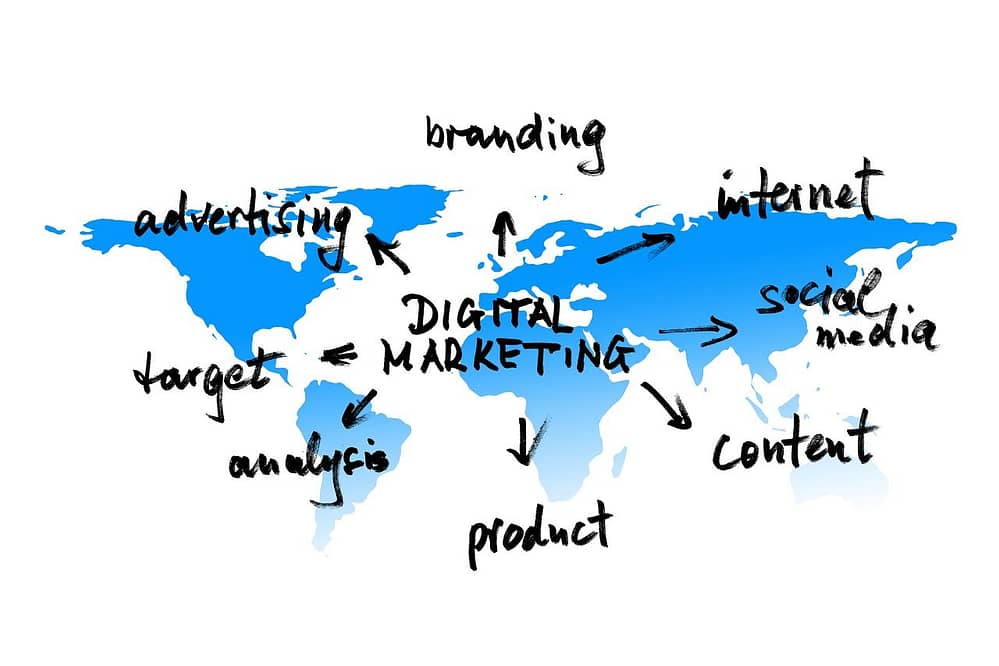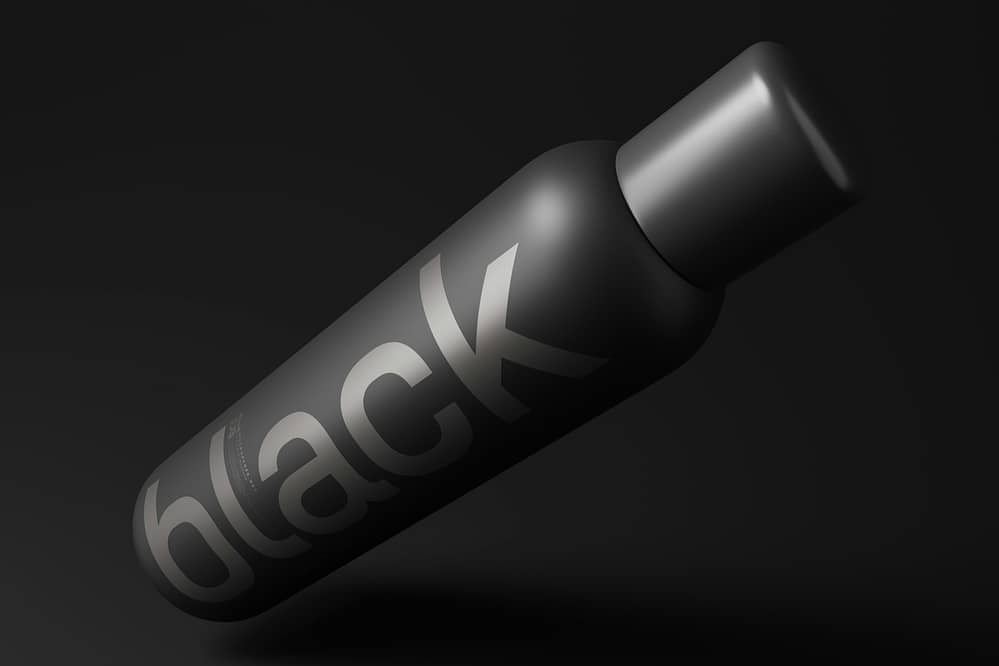Social Media Marketing for Beginners in Tech: A Conversational Guide
So, you’ve probably heard the phrase “social media marketing” tossed around a thousand times. It sounds fancy, like something only big brands with million-dollar budgets and teams of caffeinated interns can handle. But here’s the truth: whether you’re a small business owner, a student, or just someone looking to build an online presence, social media marketing isn’t rocket science—it’s more like making new friends online (just with a little more strategy and fewer awkward “seen” messages).
Today, I’ll walk you through the what, why, and how of social media marketing. Don’t worry, no jargon storms here. Just simple, step-by-step explanations with a sprinkle of humor and real-life comparisons. Ready? Grab your coffee (or tea if you’re fancy), and let’s roll.
Table of Contents
What is social media marketing anyway?
Imagine you’re at a party. Some people are talking about the latest football match, others are sharing funny memes, and a few are showing off their cooking skills. You walk in, smile, join a group, and start talking about your passion. Suddenly, people are listening, nodding, and maybe even following you to hear more.
That, in a nutshell, is social media marketing.
Instead of a physical party, the “party” is happening on platforms like Facebook, Instagram, TikTok, X (formerly Twitter), LinkedIn, and YouTube. And instead of small talk, you’re sharing content—posts, photos, videos, or even memes—that connects with people. The goal? To build relationships, grow your audience, and, eventually, convert that audience into customers, clients, or loyal followers.
Why Should You Care About Social Media Marketing?
Good question. Let me put it this way:
- Billions of people are on social media daily. That’s billions of chances for your content to be seen.
- It’s cheaper than traditional ads. (Running a Facebook ad is often cheaper than buying a sandwich in some cities.)
- It helps you build a brand personality. People don’t just want to buy products; they want to connect with humans behind those products.
- It’s the best way to go from “unknown” to “unforgettable.”
Think of social media as the world’s biggest microphone—you just need to learn how to hold it without dropping it.
The Main Platforms (Where the Magic Happens)
There are many platforms, but let’s keep it beginner-friendly. Here’s the short and sweet breakdown:
- Facebook—Think of it as the neighborhood where everyone still hangs out. Great for groups, events, and ads.
- Instagram—The place for eye candy: photos, reels, and stories. If you can make it look good, Instagram loves you.
- TikTok—Short, snappy, entertaining videos. Perfect for grabbing attention fast. (And yes, you can market without dancing… unless you want to.)
- X (Twitter)—The digital megaphone for quick updates, trends, and snappy one-liners.
- LinkedIn—The professional networking spot. If you’re in tech, business, or B2B services, this is gold.
- YouTube – The king of video content. Tutorials, reviews, vlogs—you name it.
Pro tip: You don’t need to be on all platforms. Start with one or two where your audience hangs out most. Master those before spreading yourself thin.
Building Your Social Media Strategy (Without Losing Your Mind)
Alright, here’s where beginners often freak out. Strategy sounds like something you need an MBA to create. But relax—here’s a simple roadmap anyone can follow:
1. Define Your Goal
Ask yourself, why am I doing this?
- Do you want more followers?
- Do you want people to buy your product?
- Do you want to drive traffic to your website?
Your goal will guide your every move. No goal = random posting = digital shouting into the void.
2. Know Your Audience
Who are you talking to? Beginners in tech? Students? Small business owners?
Think of your audience like a friend—you should know what they like, dislike, and laugh at.
3. Choose Your Platforms Wisely
Don’t try to conquer the entire internet. If you’re selling fashion, Instagram and TikTok might be better. If you’re a B2B software company, LinkedIn is your playground.
4. Create Content That Connects
This is where the fun begins. Content can be:
- Educational (how-tos, tutorials)
- Entertaining (memes, funny skits)
- Inspirational (success stories, motivational quotes)
Mix them up so people don’t get bored.
5. Be Consistent (but not robotic).
Posting once in a blue moon won’t cut it. You need a schedule. But don’t just spam your followers either—quality always beats quantity.
6. Engage, Don’t Just Broadcast
Social media is a two-way street. Reply to comments, ask questions, and thank people for sharing. Remember: you’re not a robot; you’re a human.
7. Analyze and Improve
Look at your analytics (likes, comments, shares, reach). See what works and do more of it. See what flops and… well, try again differently.
Top Rookie Mistakes That Could Slow You Down (And How to Fix Them)
Since you’re new to this, let me save you from some classic rookie errors:
- Trying to be everywhere at once – Pick your battles; focus on 1–2 platforms.
- Posting without a plan—Random cat memes may be fun, but do they align with your goal?
- Ignoring engagement—Don’t ghost your followers. If they comment, reply.
- Being too “salesy”—Nobody likes that guy at the party who only talks about his business. Share value first, sell later.
- Comparing yourself to big brands—they have teams and budgets. You have you (and maybe some coffee). Start small, stay consistent.
The Human Side of Social Media Marketing
Here’s the secret sauce: people follow people, not logos.
You don’t need to be perfect. In fact, showing your human side—mistakes, behind-the-scenes moments, even the occasional typo—makes you relatable. Share stories. Talk about struggles. Celebrate wins with your audience.
Think about the brands or influencers you follow. Chances are, you stick around because they feel human, not like a faceless corporation. Do the same, and your followers will connect with you.
Tools That Can Make Your Life Easier
Managing social media can feel like juggling flaming torches. Luckily, there are tools to help:
- Canva—For creating professional-looking graphics without needing a design degree.
- Buffer / Hootsuite – Schedule posts so you don’t have to be glued to your phone.
- ChatGPT (wink wink)—For brainstorming captions, content ideas, or even writing scripts.
- CapCut—Edit videos like a pro without pulling your hair out.
- Google Analytics—Track what’s working on your website from social traffic.
Start small—don’t go crazy downloading every shiny tool.
A Real-Life Example (Because Theory Is Boring)
Let’s say you’re a beginner tech blogger (sound familiar?). You want to grow your audience. Here’s how you could use social media:
- Goal: Get more readers to your blog.
- Audience: Beginners in tech who want simple, funny, relatable guides.
- Platform: Instagram and LinkedIn.
- Content Ideas:
- Funny reels about tech struggles (“When your Wi-Fi dies during a Zoom interview”).
- Carousel posts breaking down simple tech tips.
- Sharing your blog posts with catchy headlines.
- Behind-the-scenes stories about writing posts (coffee-fueled midnight typing sessions).
See? Nothing crazy. Just consistent, relatable, human content.
Final Thoughts: Your Turn to Shine
Social media marketing isn’t just for influencers with ring lights or companies with deep pockets. It’s for anyone who has a story, product, or idea worth sharing. And trust me—you do.
Start simple: pick a goal, choose one platform, post consistently, and be yourself. Add a dash of humor and a sprinkle of personality, and before you know it, you’ll have built not just followers, but a community.
And remember: every expert was once a beginner who posted their first awkward “hello world” tweet. So go ahead, start today.
Hi, I’m Prince Stephen Mordi, the mind behind Voob.com.ng. I write simple, beginner-friendly guides on tech, blogging, and making money online. My goal is to help you navigate the internet without headaches—because tech doesn’t have to be complicated!





